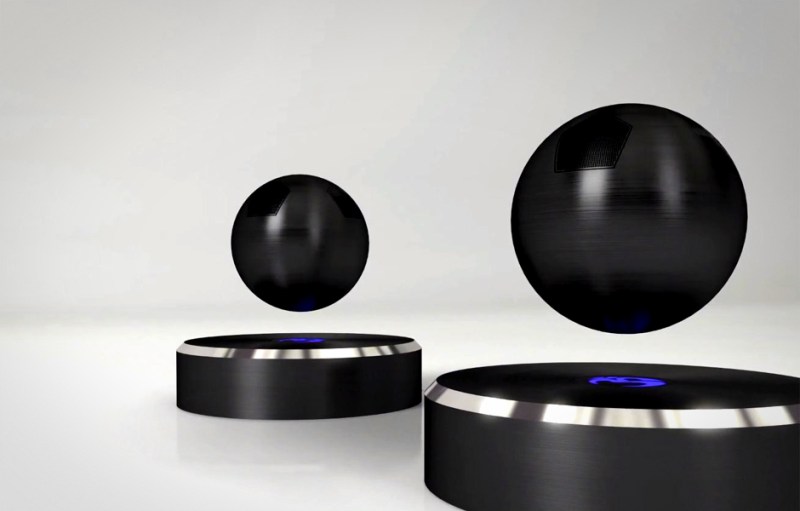
The Weekly DT is a weekly tech story from our brother site, DigitalTrends.com.
The world does not need another Bluetooth speaker. In fact the inflating Bluetooth speaker bubble we’ve been watching expand over the past few years is about to burst, and, just like the US housing market crash in 2008, there will be many tears and broken dreams. But, if you’re a startup that really, really wants a piece of a market that’s about to go “kaboom,” you better come to the table with an irresistible product — one that is so surprising and gaze-inducing that it simply can’t fail. OM Audio thinks it has just such a thing. Check out the OM/One, a Bluetooth speaker that floats and spins in the air while cranking out your jams.

The OM/One orb floats thanks to the magic of magnets and a lightweight enclosure that weighs only three quarters of a pound. The base, which is used to charge the speaker or any other USB-powered device, features a glowing OM Audio logo, adding to the mystical effect that OM’s Hindu-influenced name infers.
In addition to playing music, the speaker acts as a speakerphone, too. The battery is rated to provide up to 15 hours of continuous play. And since the speaker uses the latest Bluetooth 4.0 chip, it can be stereo paired with another OM/One to offer left and right channel separation.
That’s all well and good, but how does the speaker sound? If our prior experience with OM audio and its Mantra speaker is anything to go by, the OM/One’s floating gimmick is going to be a lot more impressive than its sound quality. Then again, when your $180 speaker floats in mid air, does it need to sound like a million dollars?
OM Audio’s crowdfunding campaign has 50 days to go and, at the time this article was published, had managed to pull in 42 percent of its $100,000 goal.


